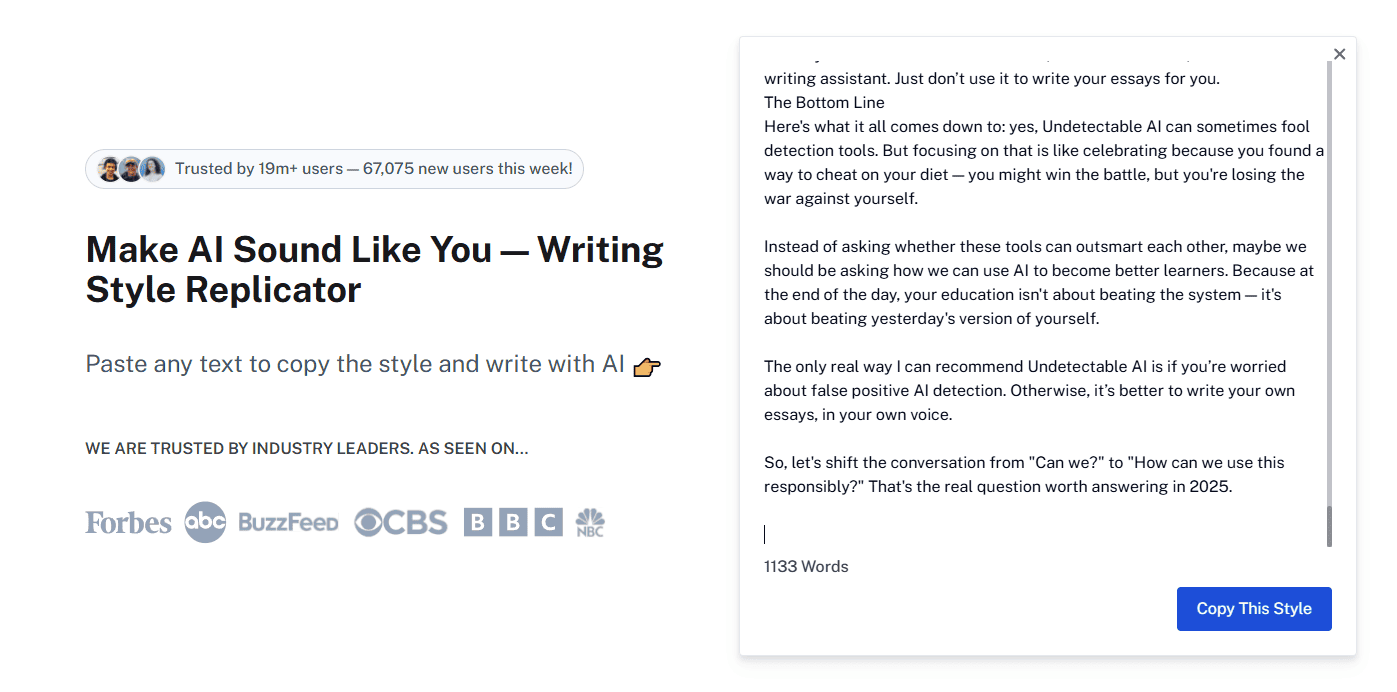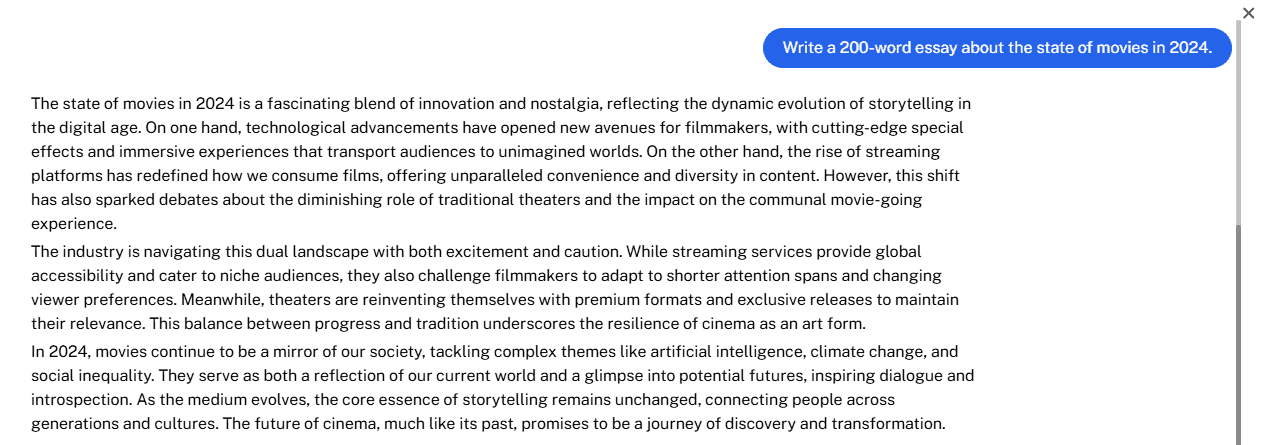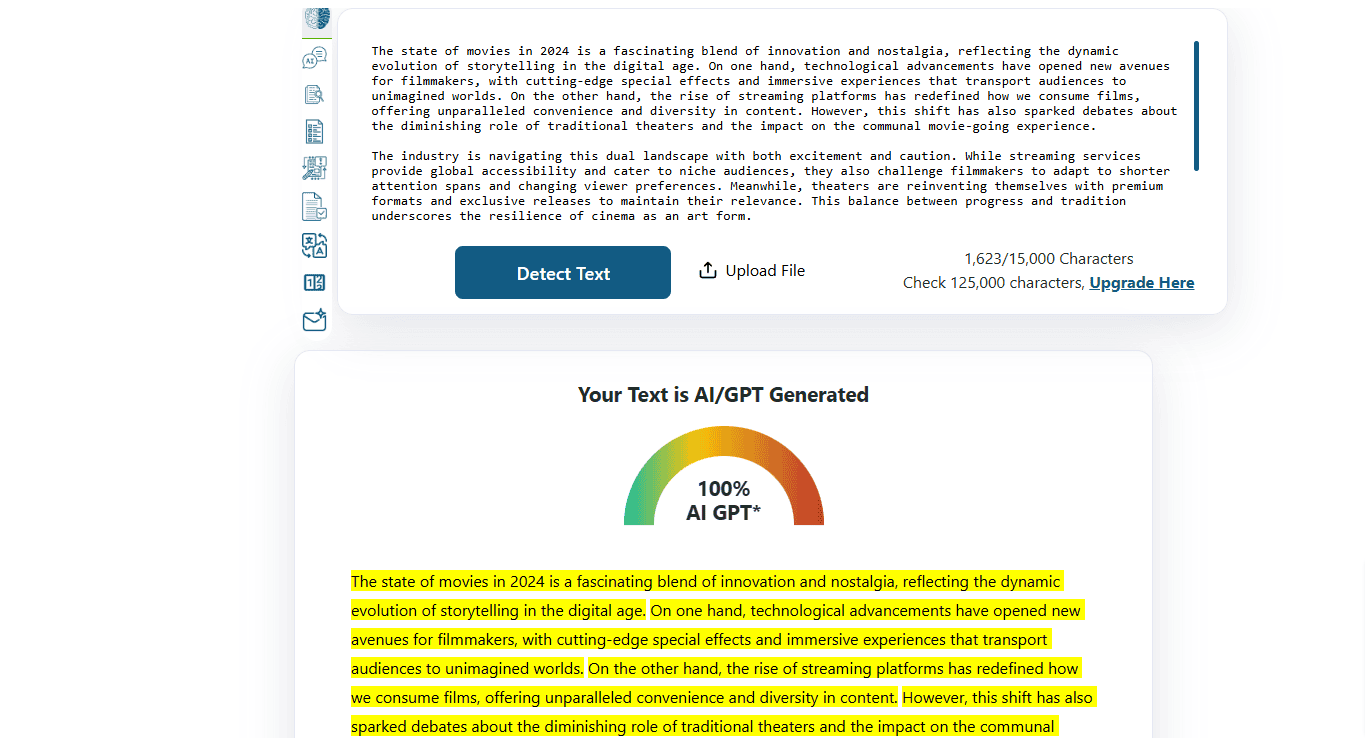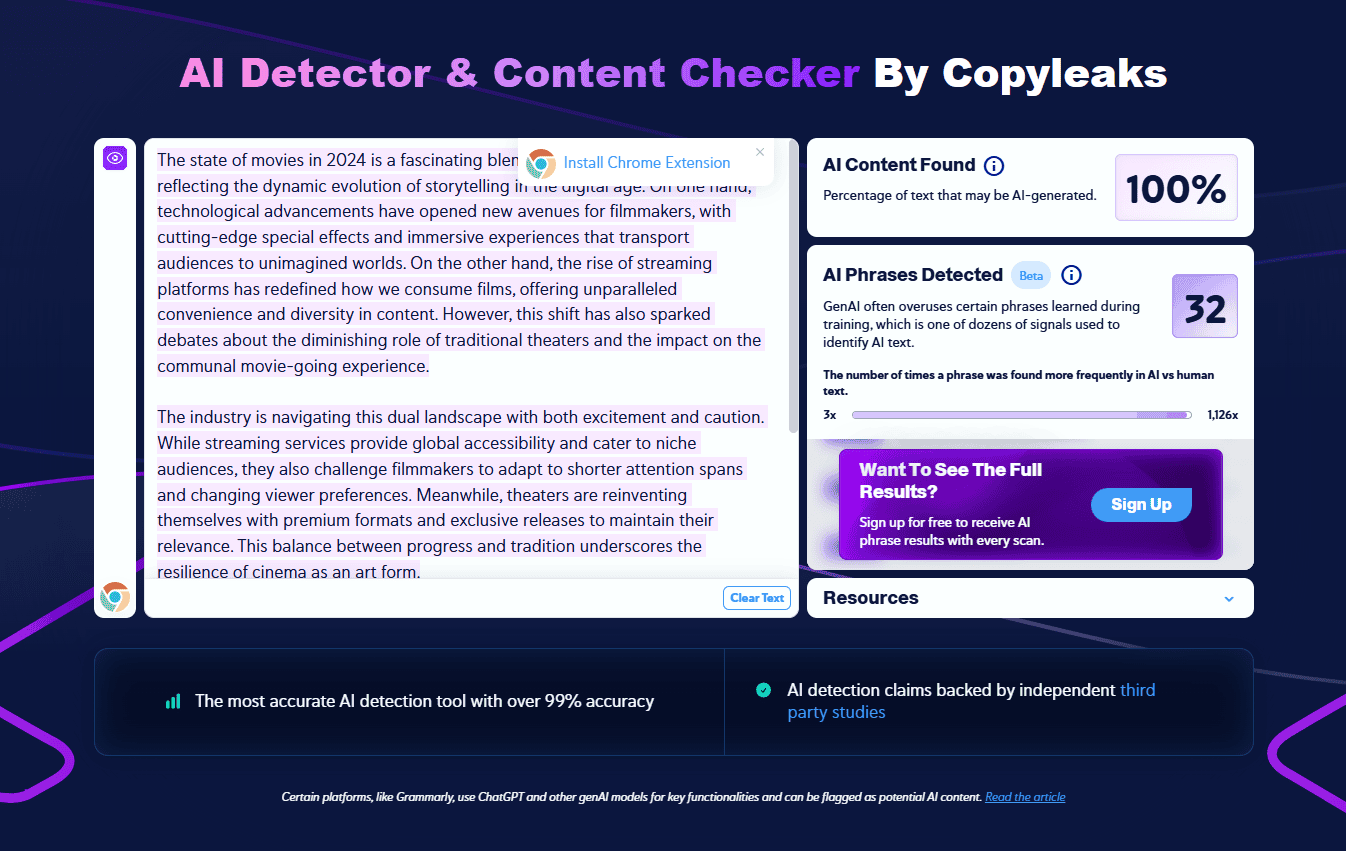Undetectable AI’s Writing Style Replicator Review
Instead of just humanizing your text, this tool mimics your writing style. Here’s what it’s like to use Undetectable AI’s Writing Style Replicator.
John Angelo Yap
Updated June 23, 2025
A human teaching a robot how to speak like him, generated with ChatGPT
Reading Time: 5 minutes
If you write online, you probably know how hard it is to keep everything sounding like "you." Whether you're building a personal brand, managing a content pipeline, or just trying to save time, keeping tone consistent across everything is exhausting.
Undetectable AI thinks it has a fix.
Their new feature—the Writing Style Replicator—claims to analyze your unique tone and replicate it across anything you ask it to write. Instead of just generating generic AI content, the idea is to train the tool to sound like you.
We gave it a try. Here's how it works, and what you can expect.
What is Undetectable AI?
Undetectable AI started as a tool designed to "humanize" AI-generated writing. Basically, it rewrites content from tools like ChatGPT or Gemini so that it passes AI detection checkers without sounding robotic or overly formal.

It’s already popular with students, freelancers, and marketers who want AI-level speed but still need their content to feel natural. The new Writing Style Replicator takes that mission a step further: instead of making AI writing sound less like a machine, it's now aiming to make it sound more like you.
How Does Undetectable AI’s Writing Style Replicator Work?
Using the Writing Style Replicator is surprisingly straightforward. No need for technical setup or prompt engineering tricks. Just three simple steps:
#1: Upload your writing.
You start by pasting a few writing samples into the tool. These can be blog posts, newsletters, emails—whatever represents your usual tone. The more context and range you give it, the better.

#2: It studies your voice.
From there, Undetectable AI uses your samples to build a custom tone profile. It analyzes your sentence rhythm, formality level, preferred phrases, and even how you transition between points—not just what you say, but how you say it.
#3: You give it a prompt.
Once your style profile is set, you type in whatever you want the AI to write. That could be a new blog post, a social caption, an intro paragraph—anything. The tool generates it in your voice, not just "a human voice."

In practice, it feels less like using an AI writing assistant, and more like outsourcing to a version of you who isn't tired and racing a deadline.
The best part? You can keep figuring out the voice over time. If a sample feels off, you give it a new input and it’ll adjust accordingly.
Testing Undetectable AI’s Writing Style Replicator
So, let’s take it for a spin. I’m going to use this old article of mine as an input.
Now, what will be my prompt? Maybe… let’s try writing about the state of movies today? Yeah, let’s do that:
Prompt: Write a 200-word essay about the state of movies in 2024. |
The state of movies in 2024 is a fascinating blend of innovation and nostalgia, reflecting the dynamic evolution of storytelling in the digital age. On one hand, technological advancements have opened new avenues for filmmakers, with cutting-edge special effects and immersive experiences that transport audiences to unimagined worlds. On the other hand, the rise of streaming platforms has redefined how we consume films, offering unparalleled convenience and diversity in content. However, this shift has also sparked debates about the diminishing role of traditional theaters and the impact on the communal movie-going experience.
|

This essay? Solid. It’s thoughtful, structured, and doesn’t waste words. The tone is confident without being preachy, and the ideas are clear. Definitely feels like something I’d write if I’m going for polished and academic, maybe for a magazine or newsletter post.
To be more specific:
- It has clean, purposeful sentences.
- Balance of insight and accessibility.
- The tone is conversational-professional.
- It starts with the big picture, zoom into the challenges, then end with a wider lens again. This is something I actively try to do: start broad, go focused, then zoom back out for the takeaway.
But here’s where it starts to fall-off:
- It feels a little too polished.
- No nuance — it’s like a robot trying to write like me.
It could still be me, but like a buttoned-up version — a “final draft for someone else’s platform” voice. Nothing wrong with it. But if this were meant to be me, I’d expect a bit more edge, more contrast, and more of that “isn’t that kind of weird?” lens on things.
But Can It Pass AI Detectors?
Now, let’s try to test the output against the following AI detection tools: Sapling, ZeroGPT, GPTZero, and Copyleaks. Will it pass the test, like usual Undetectable AI outputs do?
Sapling: Undetectable AI fails the test.

GPTZero: Undetectable AI fails the test.

ZeroGPT: Undetectable AI fails the test.

CopyLeaks: Undetectable AI fails the test.

The Bottom Line
If you're serious about maintaining a consistent tone without burning out, Undetectable AI's Writing Style Replicator is worth a look. It's fast, easy to set up, and surprisingly accurate at mimicking the little quirks that make your writing yours.
It’s not just another writing tool — it’s a way to scale your voice without losing control of it.
But here’s the trade-off: while Undetectable AI is usually great at dodging AI detectors, this tool doesn’t pass the test — at least not yet. And honestly? That’s okay. What’s more important is how close it actually is to how you write.
This tool is still worth trying, so please do. And if you're curious, check out our other deep dives on Undetectable AI. Good luck!
Want to Learn Even More?
If you enjoyed this article, subscribe to our free newsletter where we share tips & tricks on how to use tech & AI to grow and optimize your business, career, and life.